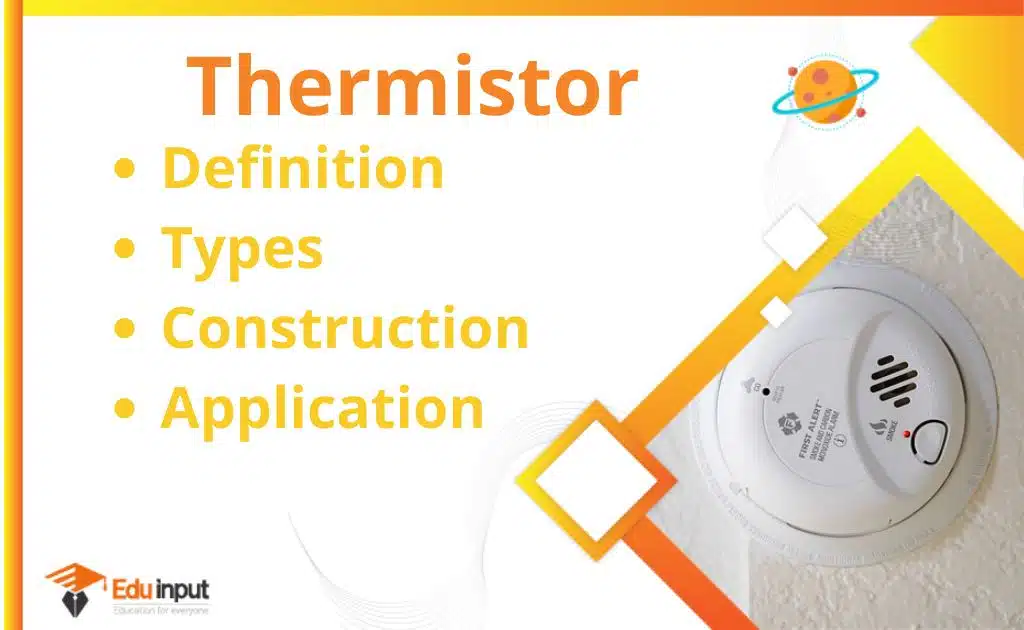What is Electricity Generation?-Definition, Method, Impact
Electricity generation is the process of generating electric power from sources other than primary energy. The stage prior to delivery for utilities in the electric power industry is the use of the pumped-storage method.
What is electricity generation?
Electricity is not free in nature, so it must be produced in order to transform other forms of energy into electricity. Power stations are where production is carried out. The majority of electricity is generated at a power plant by electromechanical generators, most of which are driven by heat engines, but also by other means, such as the energy of flowing water and wind. Solar photovoltaics and geothermal power are some of the other sources of energy.
electricity is an energy currency, rather than an energy source, meaning that electrical generation needs to start from a primary energy source like fuel or a primary energy flow. Electric power is usually transmitted from these fuels and flows to the grid. Power plants are the most common way to create electricity from primary energy.
Coal, nuclear, and hydro is some of the common types of power plants. It is possible to have both AC electrical generation and DC electrical generation, but most of the electricity that is produced with a generator is an alternating current. Current flow in a wire is created by the electric and magnetic fields that are created when motion is converted into electrical and magnetic fields.
When electricity travels through the electrical grid, it allows an electrical device to use the energy in the electrons to send the electrons back to the grid. The electrons have to be capable of making a round trip in order for an electric circuit to work.
Methods of Electricity generation
Other forms of energy can be converted into electrical energy with a number of fundamental methods. Utility-scale generation can be achieved with rotating electric generators or by photovoltaic systems.
Some of the electric power distributed by utilities is provided by batteries. The triboelectric effect, the piezoelectric effect, the thermoelectric effect, and betavoltaics are just some of the forms of electricity generation used in niche applications.
Generators
There are electric generators that turn energy into electricity. The most used form for generating electricity is based on the law of Faraday’s law. It’s possible to see it by rotating a magnet within closed loops of conducting material. There is a wire made of copper. Most commercial electrical generation is done using a generator that rotates in response to mechanical energy.
Electrochemistry
As in a battery, chemistry is the transformation of chemical energy into electrical energy. In portable and mobile applications, chemical electricity generation is very important. Primary cells, such as the common zinc–carbon batteries, act as power sources directly, but secondary cells can also act as power sources.
Storage systems are more likely to use rechargeable batteries than primary generation systems. Fuel cells are open systems that can be used to extract power from natural or synthesized fuels.
Photovoltaic effect
The difference between solar cells and photovoltaic panels is that solar cells convert light to electrical energy. Although sunlight is free and abundant, solar power electricity is still usually more expensive to produce than large-scale mechanically power generation due to the cost of the panels. Up to 40% efficiency has been demonstrated in experimental systems.
Until recently, photovoltaics were most commonly used in remote sites where there is no access to a commercial power grid or as a supplemental electricity source for individual homes and businesses. Recent advances in manufacturing efficiency and photovoltaic technology, combined with subsidies driven by environmental concerns, have dramatically accelerated the deployment of solar panels.
Environmental impact
There are significant negative environmental effects that many of the generation processes have, and that is a fundamental issue regarding centralized generation and the current electrical generation methods in use today.
Coal and gas don’t just release carbon dioxide when they combust, they also impact the environment when they are removed from the ground. Coal mines use large areas of land to extract coal and limit the amount of land that can be used for productive purposes after the excavation.
Huge amounts of methane are released into the atmosphere when natural gas is taken out from the ground. Although nuclear power plants do not release carbon dioxide through electricity generation, there are significant risks associated with nuclear waste and safety concerns associated with the use of nuclear sources.
Large-scale nuclear catastrophes such as the Chornobyl Disaster and the Fukushima Daiichi Nuclear Disaster have caused the fear of nuclear power to grow. Both tragedies resulted in a lot of casualties and a lot of radioactive contamination of large areas.







Leave a Reply